This article was medically reviewed by Janice Litza, MD. Dr. Litza is a board certified Family Medicine Physician in Wisconsin. She is a practicing Physician and taught as a Clinical Professor for 13 years, after receiving her MD from the University of Wisconsin-Madison School of Medicine and Public Health in 1998.
There are 11 references cited in this article, which can be found at the bottom of the page.
This article has been viewed 26,461 times.
Acromegaly is a hormonal condition caused by a tumor on the pituitary gland. The tumor causes too much growth hormone to be produced, which results in enlarged hands, feet, and facial features. This usually occurs around middle-age, but it may appear at any time.[1] To diagnose acromegaly, recognize the symptoms, visit your doctor, undergo hormone tests.
Steps
Recognizing Symptoms
-
1Notice enlarged hands and feet. The name of the condition acromegaly comes from Greek words that mean “extremities” and “enlargement.” The most common symptom of the condition is abnormally large hands and feet. This generally begins with swelling.[2]
- You may find that your rings, gloves, or shoes no longer fit. Commonly, your foot will be too wide for the shoe.
-
2Check for facial changes. Acromegaly also causes abnormalities in the face. You may notice that the bones are expanding and seeming to grow. This may start with your brow or forehead growing and protruding. Your lower jaw may also grow, elongate, and protrude.[3]
- The bone in your nose may enlarge, causing your nose to look bigger, and your teeth may separate and get spaces between them.
- You may also notice larger lips and a larger tongue.
- Your voice may get deeper because of larger sinuses and vocal cords.
Advertisement -
3Look for bodily discomfort. Acromegaly may lead to arthritis due to an enlargement of bones and cartilage. Because of this, you may experience joint aches. You may also end up with a condition like carpal tunnel syndrome.[4]
- You may experience numbness and weakness in your body, especially your hands and feet.
-
4Check for a general sense of unwellness. Many of the symptoms make you generally feel bad. You may have fatigue, weakness, headaches, or impaired vision. You may also experience sleep apnea or severe snoring. Sometimes, diabetes may occur due to glucose intolerance.[5]
- Hypertension may occur due to an enlargement of the heart.
-
5Check for skin problems. Acromegaly can affect the skin, too. You may find that you are sweating more than usual. You may also notice that your skin has developed an unpleasant odor. You may develop skin tags.[6]
- Your skin may become thicker, coarser, and oily.
-
6Watch for any sexual problems. This condition may also cause symptoms related to your sexual organs and your sexual health. Women may experience disruptions in their menstrual cycles. They may also experience discharge from their breasts.[7]
- Men may experience erectile dysfunction and a decreased libido.
Diagnosing Acromegaly
-
1Visit your doctor. The first thing you need to do to diagnose acromegaly is to make an appointment with your doctor. During this visit, they will conduct a general physical examination. They may also ask you about problems or symptoms.[8]
- The doctor should take a detailed medical and family history.
- If you have pictures of yourself taken over the years, then bringing these in to show your doctor how your face has changed may also be helpful.
-
2Take a GH or IGF-I measurement. You doctor may suggest that you get a specific test to measure the levels of growth hormones (GH) or insulin-like growth factor-one (IGF-I) in your blood. These are hormones, and if you have elevated levels in your blood, then you may have acromegaly. The doctor will take a blood sample and test it.[9]
- For some tests, you may have to return to the doctor the next day for the test. You must fast overnight before they can do the test. This occurs if they want to test the GH levels.
- If the doctor only wants to test the IGF-I levels, you may not have to fast. The doctor may take your blood right then.
-
3Take a glucose tolerance test. The most effective way of determining if you have acromegaly is to get a growth hormone (GH) suppression test. The doctor will measure the GH in your blood before giving you a sugar drink. The doctor will test your blood again to measure the GH in it after being exposed to glucose.[10]
- If you have acromegaly, your GH level will still be elevated after drinking a glucose drink. The normal response is that glucose lowers GH levels.
- This test takes around two hours.
-
4Check the function of the pituitary. If the doctor confirms acromegaly after checking hormone levels and doing a glucose test, they may next check how the parts of your pituitary not affected by the tumor function. Your doctor will test your blood.[11]
- The blood will be tested for pituitary hormones. Sometimes, this condition causes other essential hormones to be low or missing.
-
5Undergo imaging tests. Your doctor may order imaging tests after checking the growth hormone levels in your blood. Generally, an MRI is ordered. This test helps to locate where the tumor on your pituitary gland is. It also helps determine the size of the tumor.[12]
- If no tumor is found on the pituitary gland, they may look for other tumors that could cause the elevated GH levels.
Treating Acromegaly
-
1Undergo surgery. One of the main treatments for acromegaly is surgery. During surgery, the doctors will remove the tumors located on your pituitary gland. The surgeon will go in through the nose to get to your pituitary gland.[13]
- Eliminating the tumor helps to level out the production of growth hormones in your body. It also helps relieve symptoms by relieving any pressure on the surrounding tissue.
-
2Take medication. If your doctor cannot remove all of the tumor, your body will still produce too much growth hormone. To help reduce or block your GH, your doctor will probably prescribe medication.[14]
- Somatostatin analogues are one common type of medication prescribed. It helps reduce the amount of GH your pituitary gland produces. This medication is injected directly into your buttocks by a healthcare professional. You will have to do this once a month.
- Dopamine agonists are another type of medication. These pills work to reduce the levels of GH and IGF-I in your body. This medication can cause compulsive behaviors, like gambling.
- A growth hormone antagonist works to block the GH from interacting with your bodily tissues. This is taken as an injection that you give yourself.
-
3Undergo radiation therapy. If you still have part of your tumor left after surgery, your doctor may suggest radiation. This helps to destroy any remaining tumorous cells. Radiation can also help reduce your GH levels.[15]
- It may take years to see results from radiation treatments.
References
- ↑ https://rarediseases.info.nih.gov/diseases/5725/acromegaly
- ↑ https://medlineplus.gov/ency/article/000321.htm
- ↑ https://medlineplus.gov/ency/article/000321.htm
- ↑ https://www.niddk.nih.gov/health-information/endocrine-diseases/acromegaly
- ↑ https://rarediseases.org/rare-diseases/acromegaly/
- ↑ https://dermnetnz.org/topics/acromegaly
- ↑ https://www.hopkinsmedicine.org/health/conditions-and-diseases/acromegaly
- ↑ https://www.hopkinsmedicine.org/health/conditions-and-diseases/acromegaly
- ↑ https://www.niddk.nih.gov/health-information/endocrine-diseases/acromegaly#diagnose
- ↑ https://www.niddk.nih.gov/health-information/endocrine-diseases/acromegaly#diagnose
- ↑ https://pituitarysociety.org/patient-education/pituitary-disorders/acromegaly/how_is_acromegaly_diagnosed
- ↑ https://my.clevelandclinic.org/health/diseases/17743-acromegaly
- ↑ https://www.nhs.uk/conditions/acromegaly/
- ↑ https://emedicine.medscape.com/article/925446-medication
- ↑ https://my.clevelandclinic.org/health/diseases/17743-acromegaly
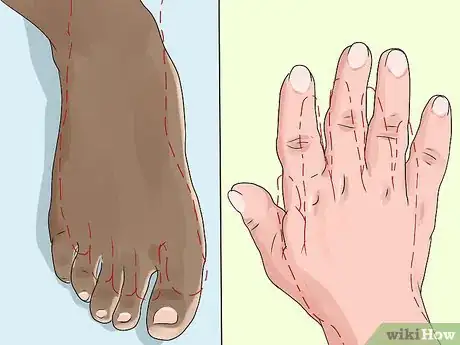


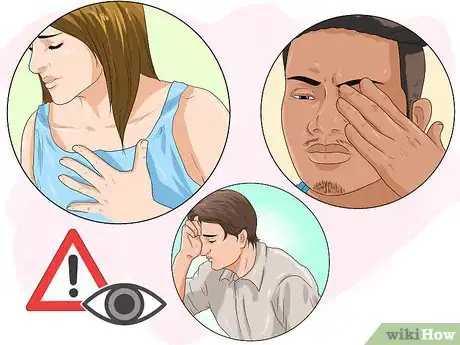



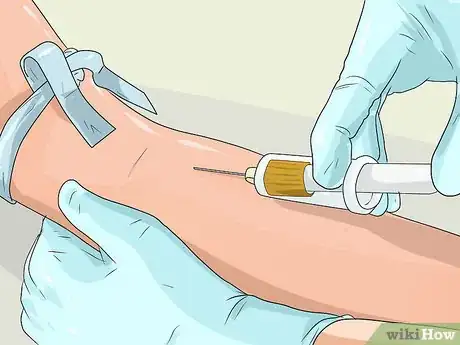

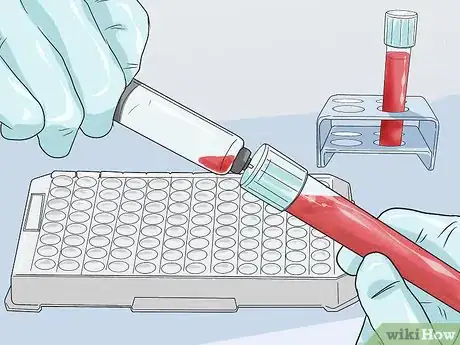
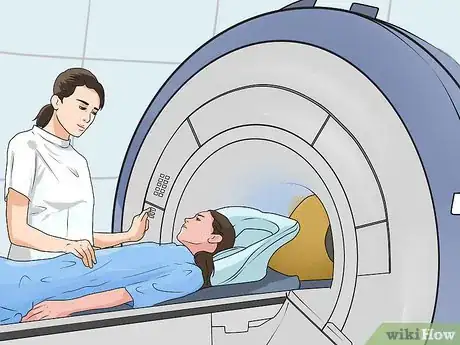






-Step-12-Version-2.webp)
















-Step-12-Version-2.webp)




































Medical Disclaimer
The content of this article is not intended to be a substitute for professional medical advice, examination, diagnosis, or treatment. You should always contact your doctor or other qualified healthcare professional before starting, changing, or stopping any kind of health treatment.
Read More...